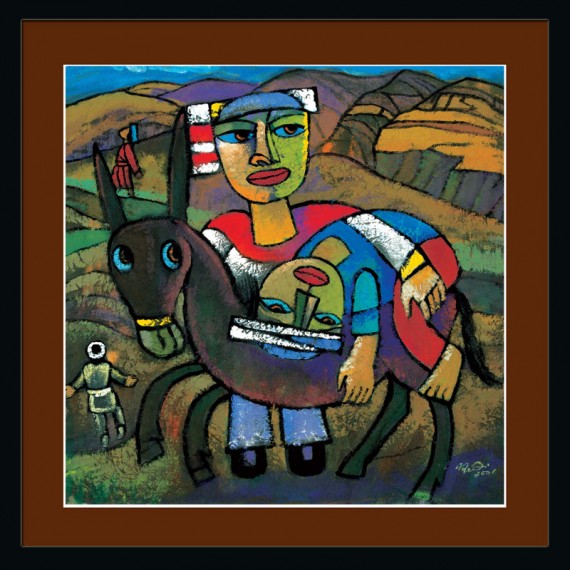Two women. One story. Two continents. One tragedy. Two broken hearts. One hope.

Andrea Garbarini lost her husband, a firefighter, in the 9/11 attacks. She coped by creating a documentary called “From the Ground Up.” She also visited and interviewed widows in Rwanda, whose husbands had been murdered in the nation’s genocide. She wanted to see how they made it through the most horrific tragedy anyone could ever imagine.
In her interviews, Andrea says the women helped her more than she could have ever helped them. She wanted to know how the women could see any light at all. She thought it might help her cope with her own tragic loss.
One Rwandan woman said, “I realized life is there, and I have to live.”
Life is there, and I have to live. She could have given up, ended it all, simply stopped living.
But she chose to move on, overcome, live. Death and Death’s allies thought they had scored victory. They were all sadly mistaken. The fortitude of one brave woman spoke hope.
Life is in front of her and she can do nothing but live it. Andrea Garbarini said that the Rwandan women helped her more than she could have ever helped them.
Don’t let tragedy strike before you say, “Life is there, and I have to live it.” God’s gift of life is not to be taken for granted. It is there. It is to be lived. It is to be loved. Even in the midst of tragedy it is filled with hope.
Jesus said, “I have come that they may have life, and have it to the full” (John 10:10).
How are you living life to the full today?









 I was reminded of that practice recently when our church conducted some focus groups. The purpose was to evaluate our communication, improve our connections, and enhance our outreach. One of the focus groups consisted of new members. It was an energetic group of women who are still getting to know our church, and, that day, had the opportunity to get to know each other.
I was reminded of that practice recently when our church conducted some focus groups. The purpose was to evaluate our communication, improve our connections, and enhance our outreach. One of the focus groups consisted of new members. It was an energetic group of women who are still getting to know our church, and, that day, had the opportunity to get to know each other.